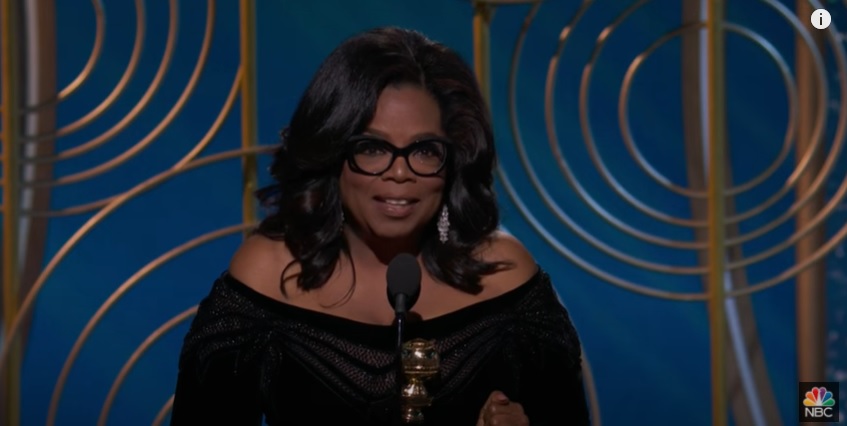7 Ways to Use Transitions During Your Presentation

“You are here!”
Those three words, found on maps everywhere from highway rest stops and shopping malls to tourist sites and hiking trails, capture your attention instantly, as they’re designed to do. They immediately orient you to where you are and help you spot, with ease, where you’re about to go.
There is a tool you can use during your presentation that plays a similar role – transitions. They serve as spoken you are here! signs, connecting distinct ideas, topics, or tones, and guiding your audience from one point to another.
Transitions can be a word, phrase, question, or statement. They can be subtle or overt, smooth or abrupt, gradual or purposefully shocking – whichever best serves your intention.
Without them, audiences can feel as lost as travelers without a map. As an added bonus, they also can help you to round up the stragglers. Used as a way to break the pattern, verbal transitions can reengage audience members whose attention may have wandered.
7 Ways to Use Transitions in Your Talk
1. To elaborate
- “For example …”
- “In addition …”
- “A recent experience by one of my patients serves as an excellent illustration of this concept …”

2. Highlight a key message
- “The important point here is that …”
- “More than anything, we’ve learned that …”
3. Link similar ideas
- “In the same way …”
- “Just as Department A was slow to respond to the problem, a similar critique could be made of department B, because …”
4. Move from one section to another
- “That brings us to point number two.”
- “Now you know the challenges we are up against. I’m going to take the next 10 minutes to focus on how we are going to overcome them.”
5. Summarize or highlight relevance
- “So, what can we learn from all that?”
- “I’m telling you all this because …”
6. Introduce conflict
- “However …”
- “Critics see this issue differently …”
7. Indicate next steps or set up your call to action
- “Here’s our challenge …”
- “Where does that leave us today?”
- “You’ve heard the reasons why you need to reduce stress. Before you head out the door, I’m going to give you three simple, everyday actions that lead a more stress-less life.”

Recapturing Attention
Yes, we are sneaking in an eighth way verbal transitions can make for a better presentation. They have the power to snap your audience back to attention. It’s a strategy familiar to experienced radio hosts and podcasters, who use transitions to regain attention from members of their audience whose focus may have drifted.
Just imagine listening to the radio when the host says, “But even more than that, the most surprising thing I learned was ….” At that moment, are you really going to switch to a different station? Or are you going to stay tuned to hear the most surprising thing?
Lines such as these will recapture your wayward travelers:
- “But that’s not our real problem …”
- “For years, we’ve been told this is best the way to recover from heart surgery. I am here to tell you that’s wrong …”
- “I’m about to let you in on a secret …”


